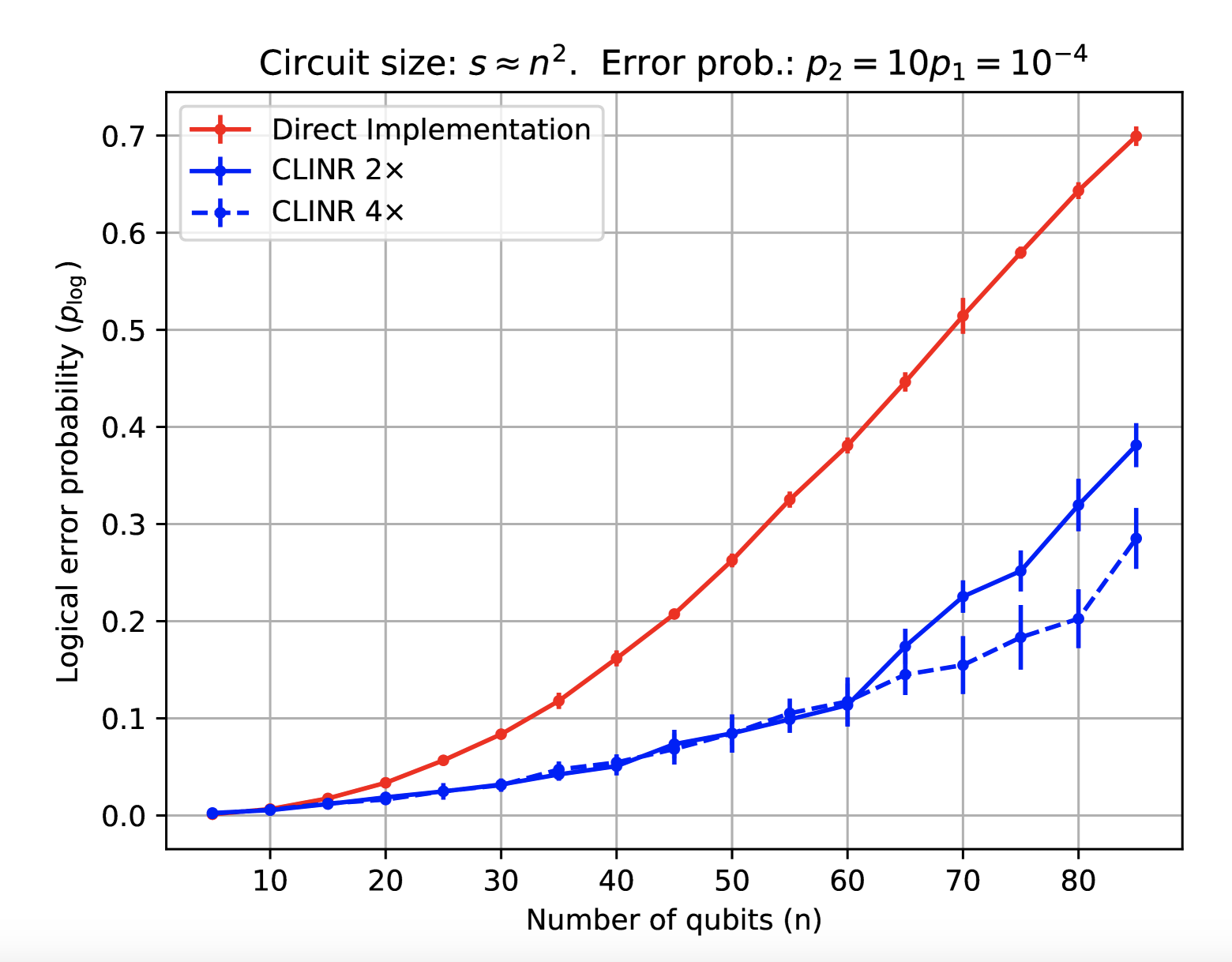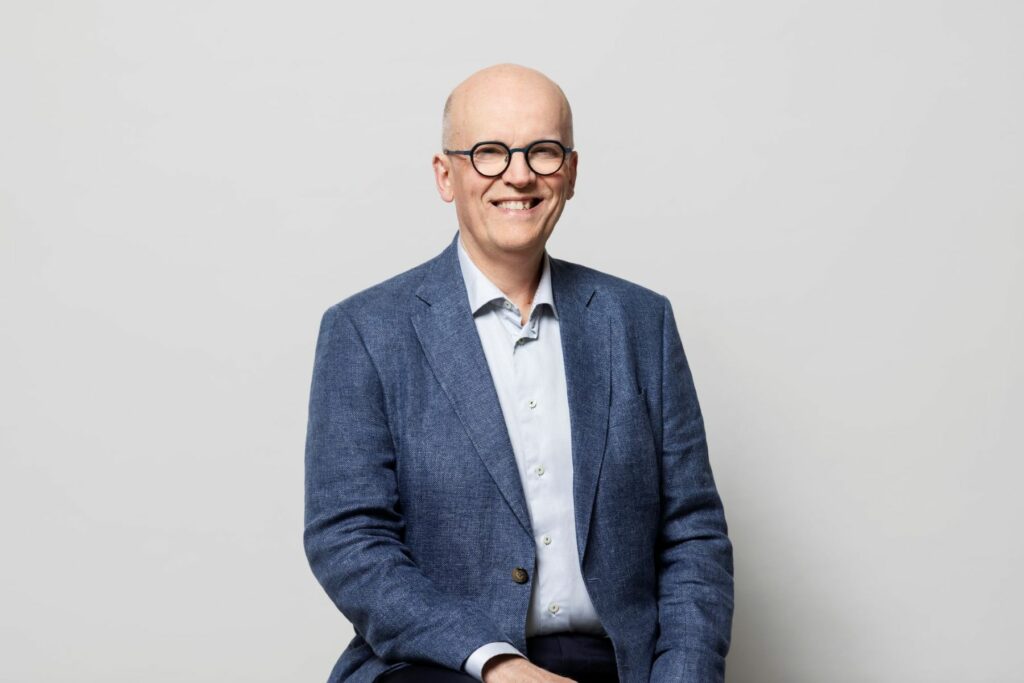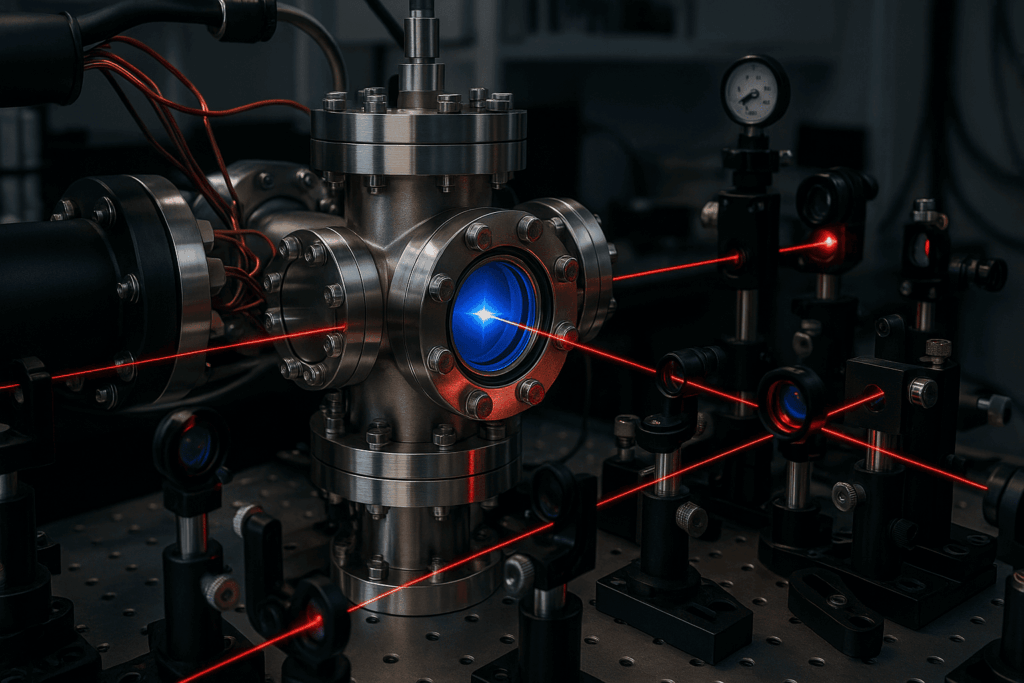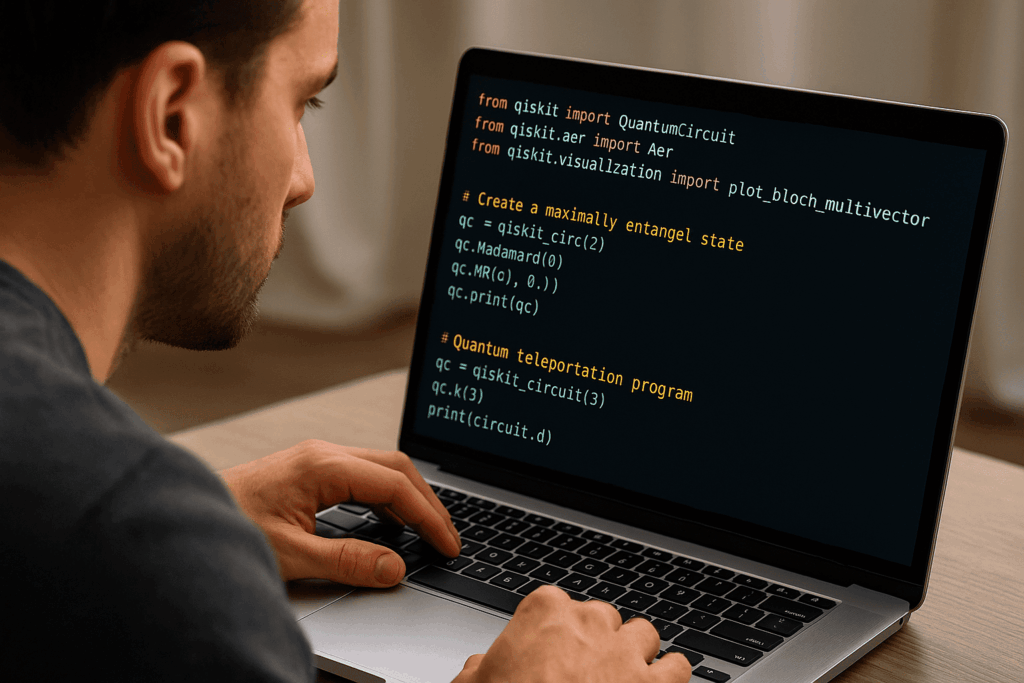Insider Brief
- IonQ announced an advance in quantum computing by introducing a partial error correction technique called Clifford Noise Reduction (CliNR), which is reportedly more efficient than existing methods.
- The CliNR technique significantly reduces noise in Clifford gates, offering a promising alternative to traditional error correction and error mitigation.
- IonQ plans to integrate the CliNR technique into its upcoming IonQ Tempo system, marking a significant step towards enabling deeper quantum circuits for complex algorithms.
PRESS RELEASE — IonQ (NYSE: IONQ), a leader in the quantum computing industry, today announced a new breakthrough towards running large applications on near term quantum systems using partial error correction. The technique is an order of magnitude more efficient than the best error correction techniques known today.
In a recent paper, IonQ researchers describe a novel way to reduce noise in some of the most common and noisy operations used in quantum applications, called Clifford gates. The partial error correction scheme known as Clifford Noise Reduction (CliNR) uses a modest 3:1 qubit overhead, compared to other techniques that require tens, hundreds or even thousands of qubits for error correction.
“This cutting edge innovation on error correction led by IonQ’s research team offers the potential to supercharge the accuracy of near-term quantum computers, bringing us much closer to commercial advantage,” said Peter Chapman, President & CEO, IonQ. “The achievement represents a significant step forward in IonQ’s efforts to deliver on performance, scale, and enterprise-grade solutions to solve customers’ most complex problems with our quantum systems.”

Error correction–the practice of using many physical qubits to constitute a more accurate logical qubit–is an important milestone for quantum computing, but one that is believed to be several years away given the large overhead of qubits and quantum gate operations required to achieve it. Currently, IonQ’s high fidelity trapped-ion qubits enable error correction overhead ratios as low as 13:1, but even these ratios consume too many qubits to be practically useful today.
IonQ is also a leader in error mitigation, a technique that uses software to reduce errors in quantum applications. Error mitigation is commonly used by quantum computing companies, but has drawbacks at scale as it requires many data samples for implementation, increasing the time to solution.
The CliNR technique offers an exciting alternative to full error correction and error mitigation, balancing qubit count and time to solution. It employs an efficient overhead of three physical qubits for each error-corrected qubit and requires only a modest increase in quantum gates to calculate a more accurate solution. Results simulated using the CliNR technique demonstrated a substantial fidelity improvement when compared to applications run without error reduction techniques, and were suitable for applications using up to 85 qubits.
Partial error correction could be a critical driver in achieving exponentially deeper quantum circuits to run increasingly complex algorithms for customers. IonQ plans to begin offering partial error correction as a feature on its forthcoming IonQ Tempo system generation.
The invention of the CliNR technique is the latest in a series of technical and applications advances pioneered by IonQ’s world-class research team. In March, IonQ and Deutsches Elektronen-Synchrotron (DESY) announced initial results from its study of initial results of their work to use quantum computers to optimize flight gate assignments at busy airports. In June, IonQ launched an accelerated technical roadmap focused on delivering quantum systems with superior performance, scalability, and enterprise readiness.
















